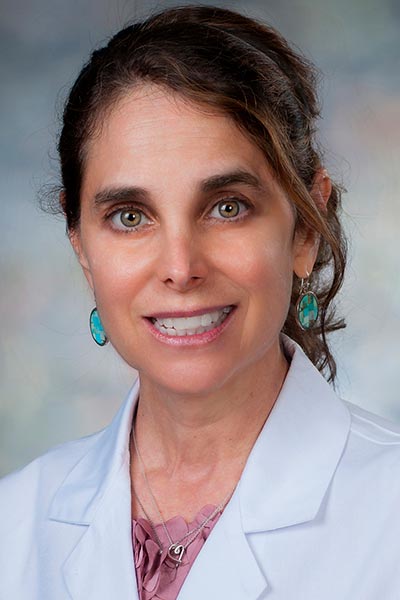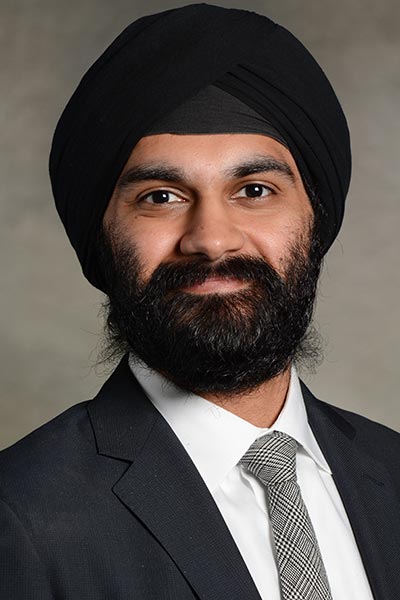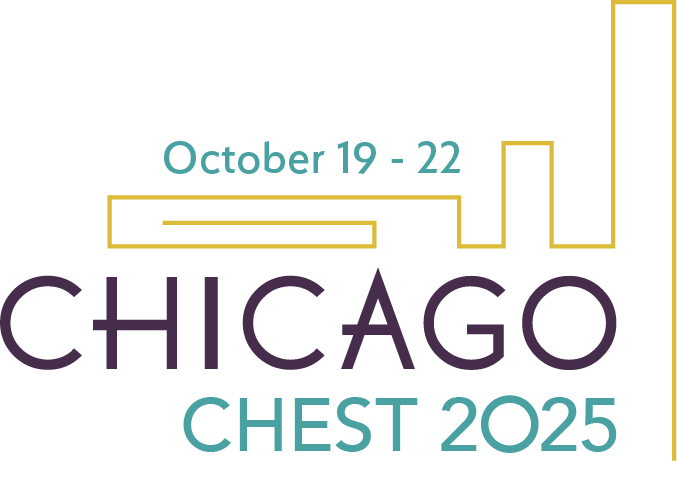
Early recognition and diagnosis are critical for patients with pulmonary hypertension associated with interstitial lung disease (PH-ILD)—a condition that can too easily slip through the cracks of siloed medical specialties. To address persistent PH-ILD diagnosis gaps and reduce delays in treatment, CHEST launched the newest addition to its Bridging Specialties® series: Timely Diagnosis for PH-ILD.
This educational initiative, launched in January 2025 with a live expert webinar, is designed to empower pulmonologists, primary care physicians (PCPs), and advanced practice providers with tools that improve the diagnosis and effective treatment of PH-ILD. It builds on the success of prior Bridging Specialties programs that have focused on ILD and COPD.
“The Bridging Specialties program is vital because medicine is often practiced in silos,” said Deborah Jo Levine, MD, FCCP, Professor of Medicine at Stanford University and a member of the Steering Committee. “Conditions like PH-ILD may be recognized by a variety of specialists, but it’s not always clear who should guide the next steps. This initiative encourages collaboration across disciplines and helps us better understand how different clinicians might approach the same case.”

Addressing PH-ILD diagnosis gaps through collaboration
PH-ILD is a complex condition that intertwines the two diseases, each of which has its own diagnostic pathways. Delays in diagnosis are common, often stemming from limited awareness, overlapping clinical features, and restricted access to specialized care.
“Whether it’s a practitioner specializing in PH or ILD, a general pulmonologist, or a primary care provider, it is important for us all to recognize presentations and symptoms of PH-ILD,” Dr. Levine said. “The Bridging Specialties program encourages us to reflect and ask, ‘What is my threshold for investigating further? What might I be missing?’”
This collaborative mindset is critical, according to Navneet Singh, MD, ScM, Assistant Professor of Medicine at Brown University and another member of the Steering Committee. “Patients may first present to a PCP or general pulmonologist who might not immediately recognize the signs,” he explained. “This program helps clinicians make that crucial connection earlier and refer patients for appropriate evaluation.”
New PH-ILD resources for clinicians
The Timely Diagnosis for PH-ILD program will offer a suite of educational tools aimed at reducing diagnosis and treatment gaps. In addition to the currently available webinar recording featuring multidisciplinary experts (including Drs. Levine and Singh) discussing real-world case scenarios, a patient questionnaire, e-learning modules, clinical algorithms, and decision-making tools are all planned for release in the coming months.
These assets are designed for practical use across care settings, especially where access to PH or ILD specialists may be limited.
“It’s a resource-intensive diagnosis,” Dr. Singh said. “Not every clinician has access to specialized testing. These tools help bridge that gap, making it easier to identify PH-ILD and ensure patients receive a timely diagnosis and appropriate care.”
The value of early diagnosis and coordinated treatment
Delays in the diagnosis and treatment of PH-ILD can result in irreversible damage and a marked decline in quality of life. Early intervention is possible only when the condition is recognized early, making timely identification essential to improving outcomes.
“We know that patients with PH-ILD have higher morbidity and mortality compared with those with ILD alone,” Dr. Levine said. “Time is of the essence. The earlier we identify this process, the more opportunity we have to intervene.”
Additionally, effective PH-ILD care hinges on strong communication across disciplines. Dr. Singh emphasized the critical roles of each health care provider, starting with a PCPs and branching off into all specialties. Communication is key among the whole care team.
Looking ahead: Expanding the Bridging Specialties series
The PH-ILD initiative is the third installment in the Bridging Specialties series, following earlier editions on ILD and COPD. Later this year, CHEST will expand the program to include a new offering on nontuberculous mycobacteria disease and bronchiectasis—both of which, like PH-ILD, are commonly misdiagnosed or diagnosed too late.
“As we collaborate and share insights, we can generate our ideas, and, ultimately, this communication will help our patients.” Dr. Levine said. “This kind of cross-specialty collaboration may eventually lead to practice guidelines, new educational tools, and better outcomes.”
CHEST gratefully acknowledges the following supporters of Bridging Specialties: Timely Diagnosis and Treatment for PH-ILD.
Supported by an educational grant from United Therapeutics
This article was originally published in the Summer 2025 issue of CHEST Physician.
